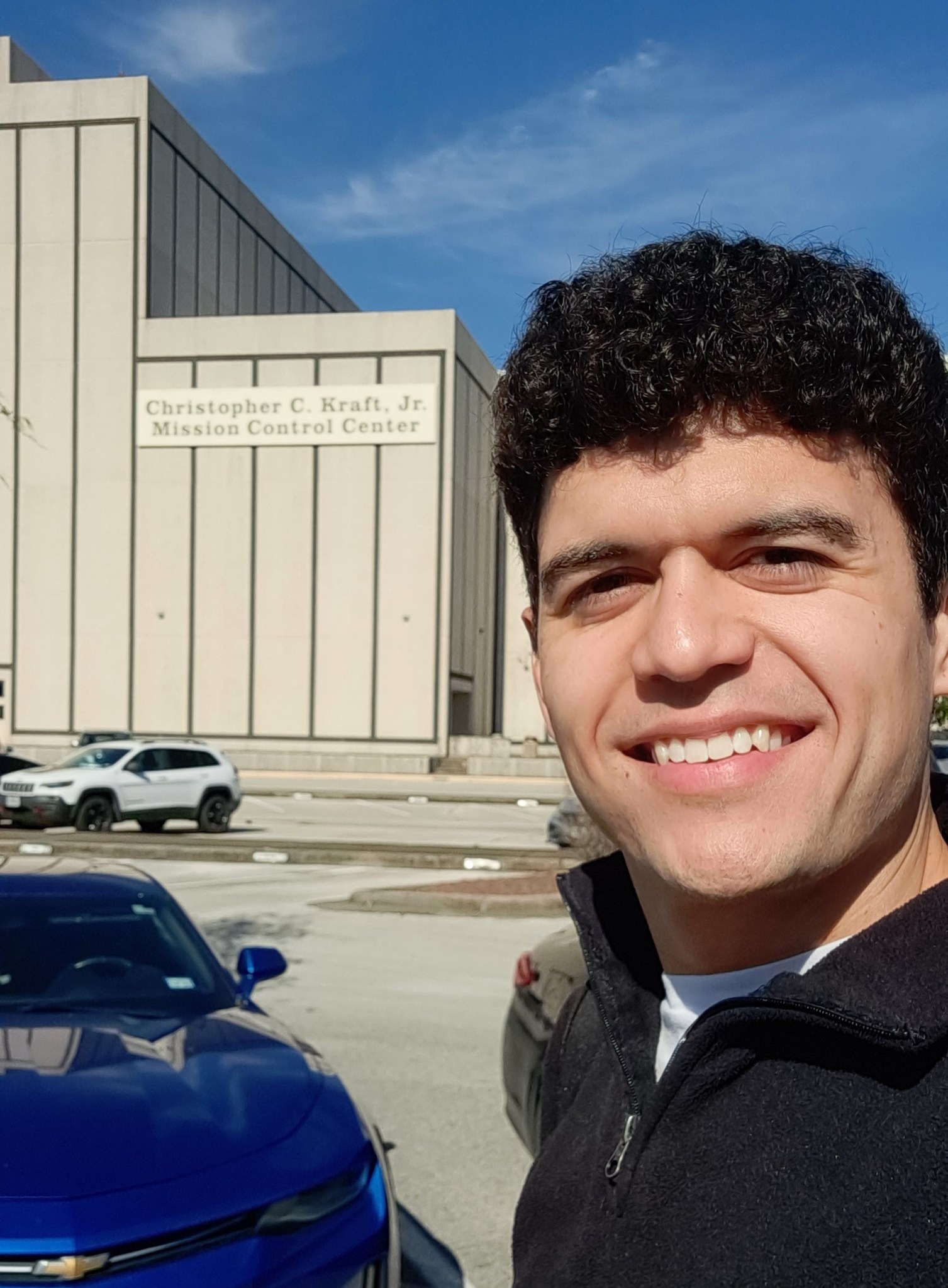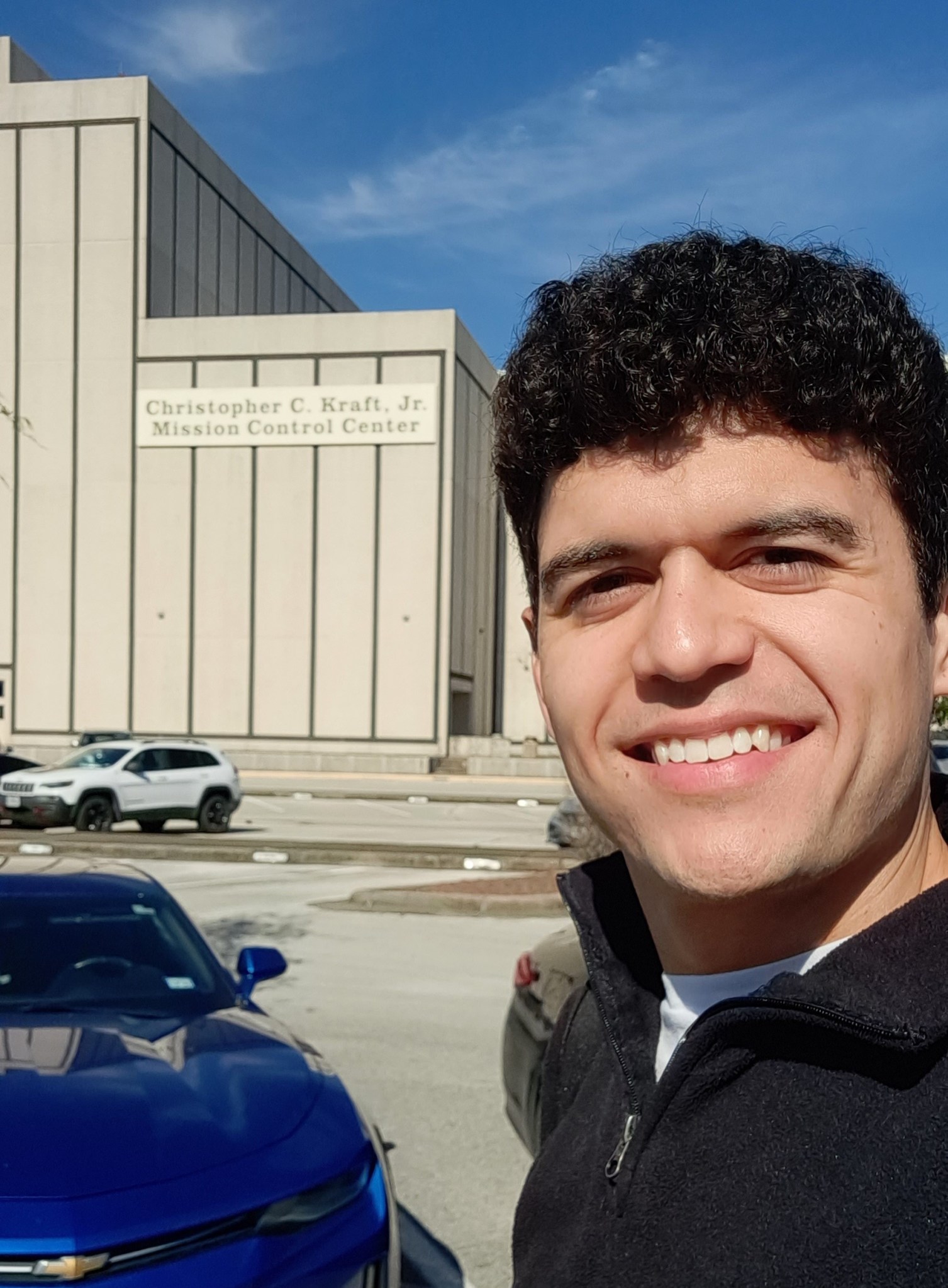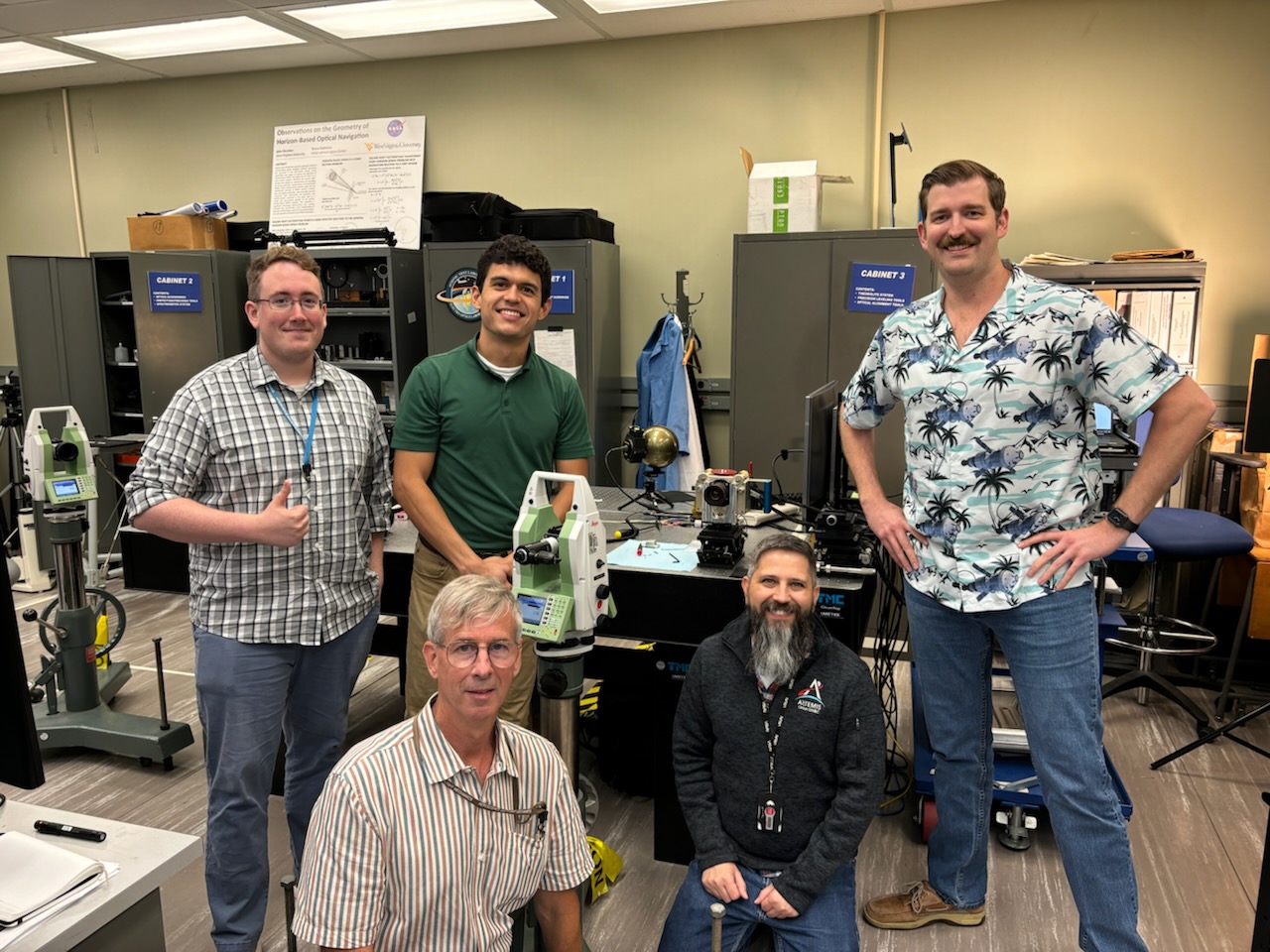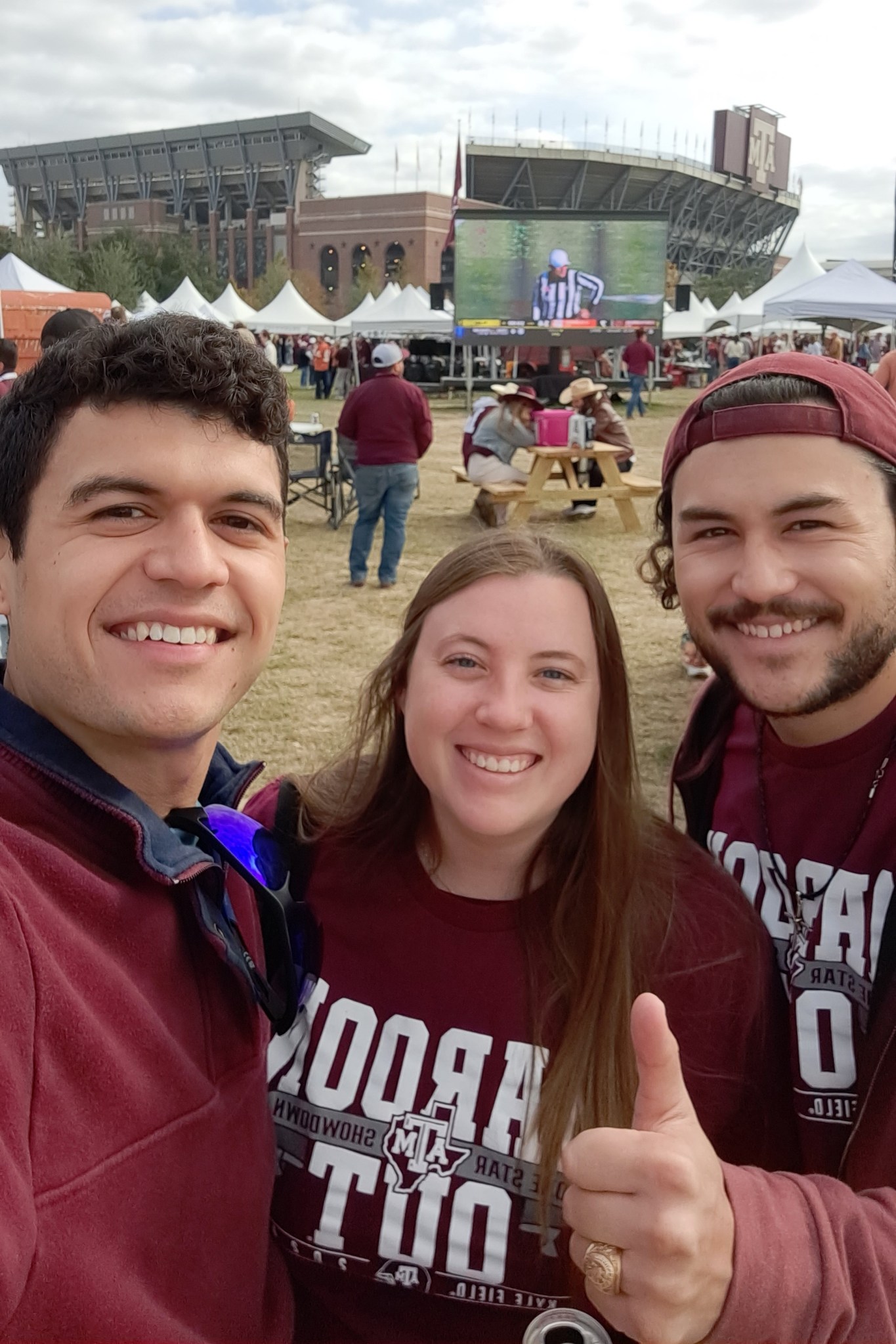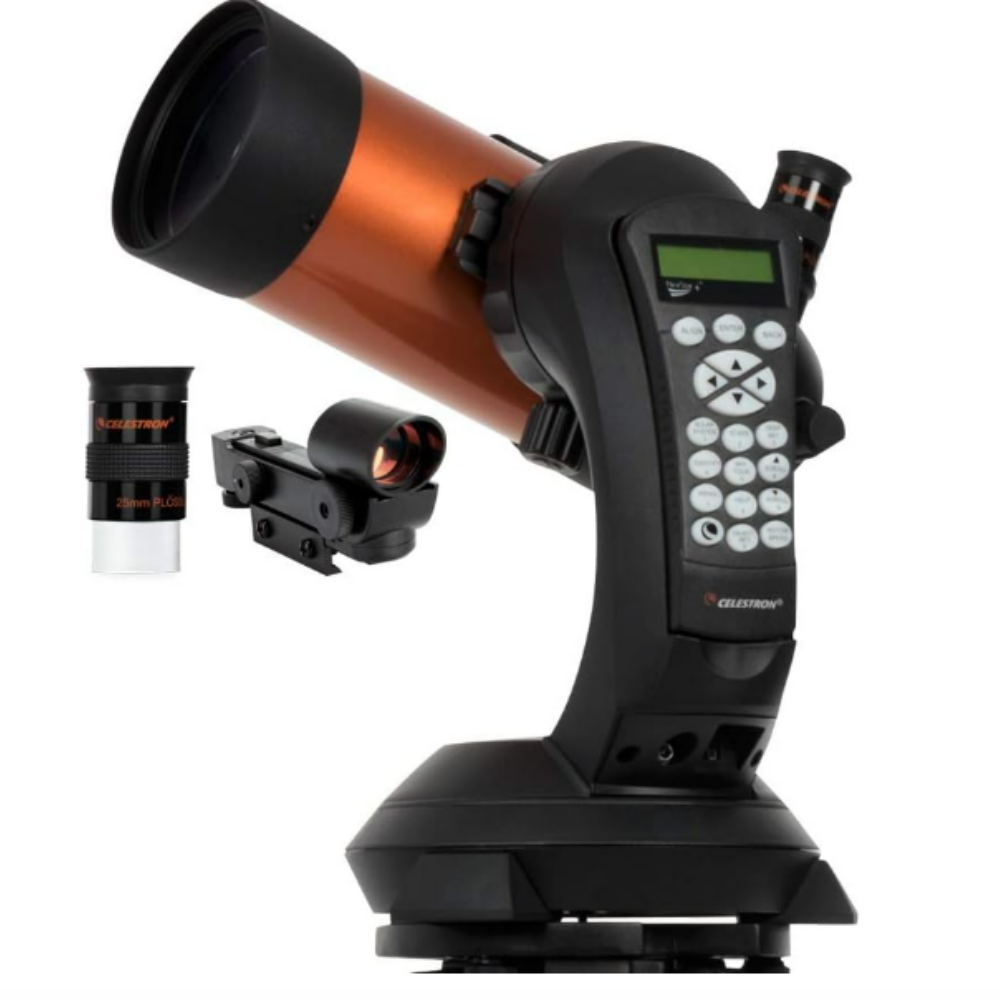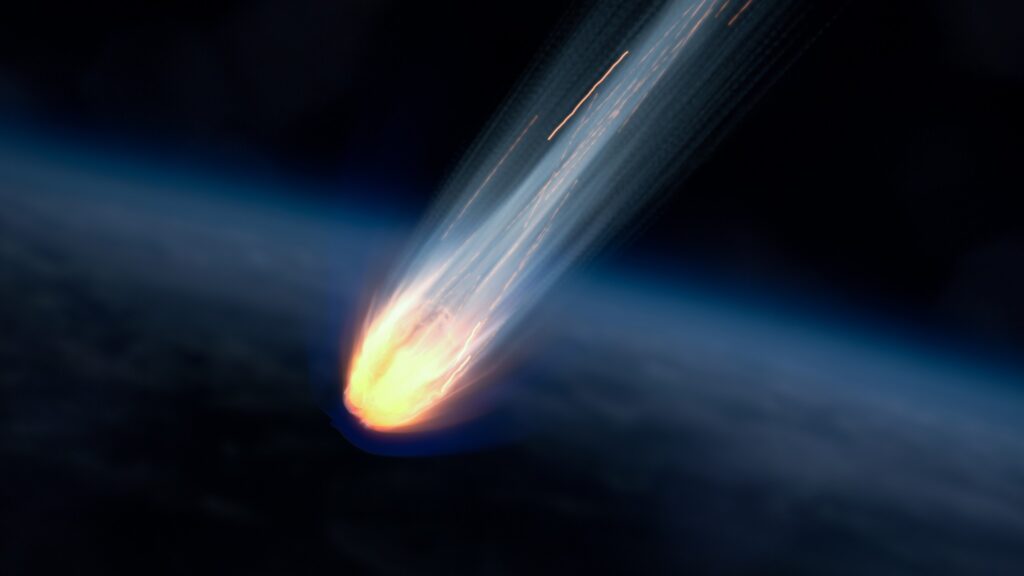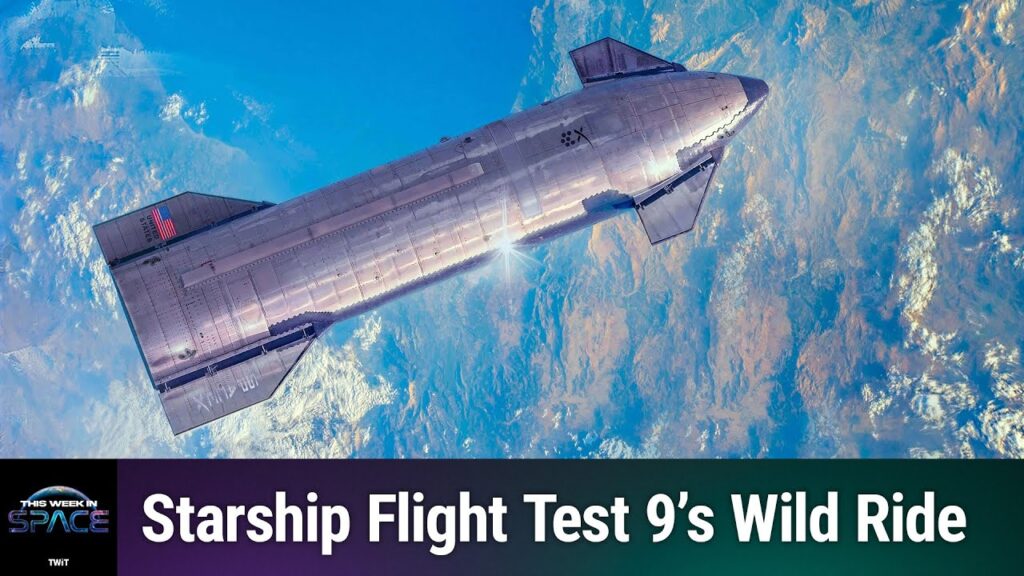Jorge Chong is helping shape the future of human spaceflight, one calculation at a time. As a project manager for TRON (Tracking and Ranging via Optical Navigation) and a guidance, navigation, and control (GNC) test engineer in the Aeroscience and Flight Mechanics Division, he is leading efforts to ensure the Orion spacecraft can navigate deep space autonomously.
“GNC is like the brain of a spacecraft. It involves a suite of sensors that keep track of where the vehicle is in orbit so it can return home safely,” he said. “Getting to test the components of a GNC system makes you very familiar with how it all works together, and then to see it fly and help it operate successfully is immensely rewarding.”
His work is critical to the Artemis campaign, which aims to return humans to the Moon and pave the way for Mars. From developing optical navigation technology that allows Orion to determine its position using images of Earth and the Moon to testing docking cameras and Light Detection and Ranging systems that enable autonomous spacecraft rendezvous, Chong is pushing the limits of exploration. He also runs high-fidelity flight simulations at Lockheed Martin’s Orion Test Hardware facility in Houston, ensuring Orion’s software is ready for the demands of spaceflight.
Chong’s NASA career spans seven years as a full-time engineer, plus three years as a co-op student at NASA’s Johnson Space Center in Houston. In 2024, he began leading Project TRON, an optical navigation initiative funded by a $2 million Early Career Initiative award. The project aims to advance autonomous space navigation—an essential capability for missions beyond Earth’s orbit.
Thanks to Chong’s work, the Artemis Generation is one step closer to exploring the Moon, Mars, and beyond. He supported optical navigation operations during Artemis I, is writing software that will fly on Artemis II, and leads optical testing for Orion’s docking cameras. But his path to NASA wasn’t always written in the stars.
“I found math difficult as a kid,” Chong admits. “I didn’t enjoy it at first, but my parents encouraged me patiently, and eventually it started to click and then became a strength and something I enjoyed. Now, it’s a core part of my career.” He emphasizes that perseverance is key, especially for students who may feel discouraged by challenging subjects.
Most of what Chong has learned, he says, came from working collaboratively on the job. “No matter how difficult something may seem, anything can be learned,” he said. “I could not have envisioned being involved in projects like these or working alongside such great teams before coming to Johnson.”
His career has also reinforced the importance of teamwork, especially when working with contractors, vendors, universities, and other NASA centers. “Coordinating across these dynamic teams and keeping the deliverables on track can be challenging, but it has helped to be able to lean on teammates for assistance and keep communication flowing,” said Chong.
And soon, those systems will help Artemis astronauts explore places no human has gone before. Whether guiding Orion to the Moon or beyond, Chong’s work is helping NASA write the next chapter of space exploration.
“I thank God for the doors He has opened for me and the incredible mentors and coworkers who have helped me along the way,” he said.
